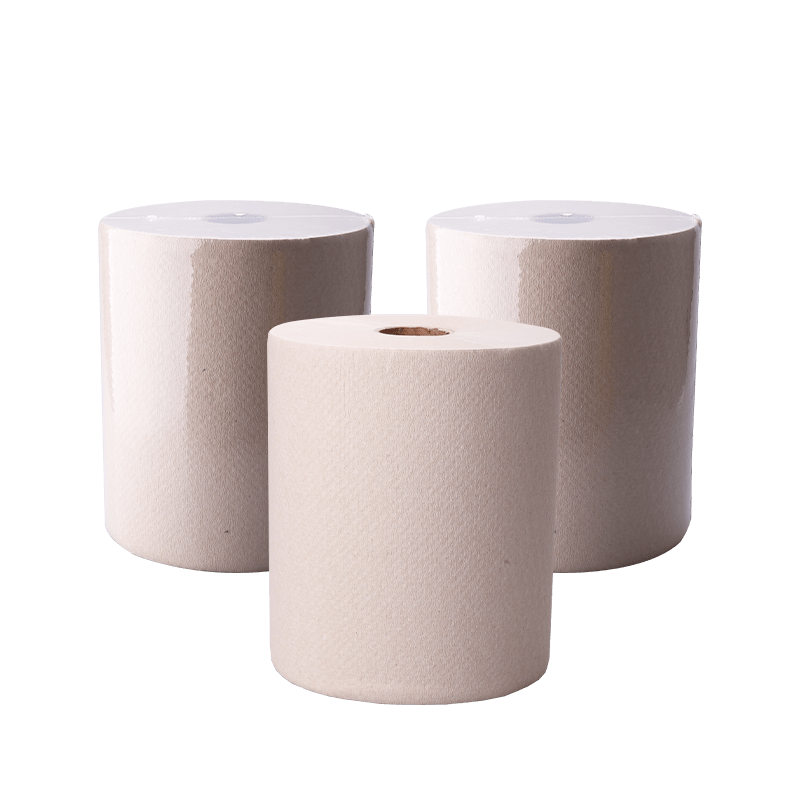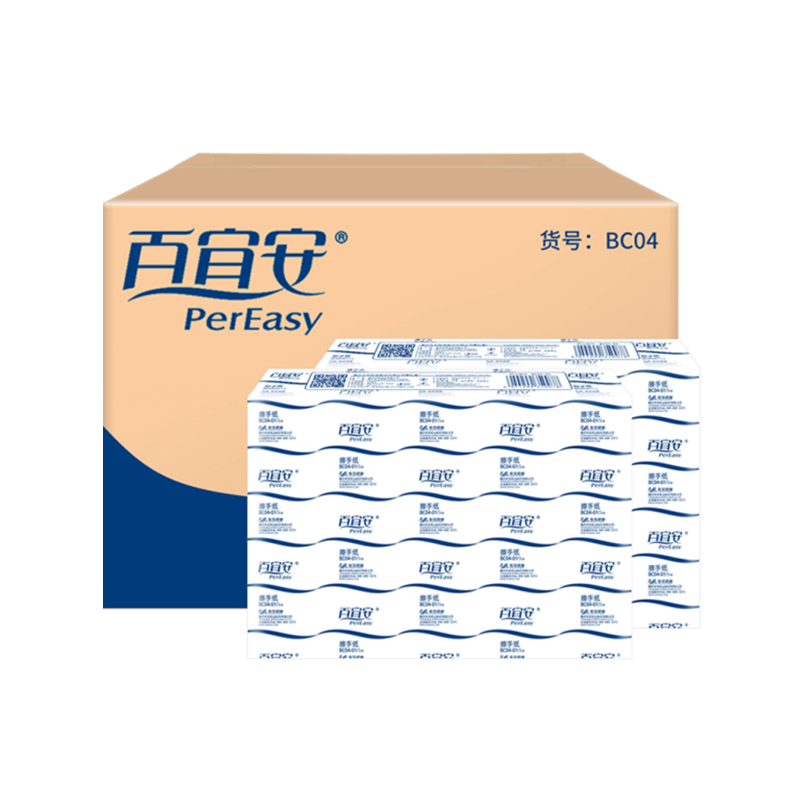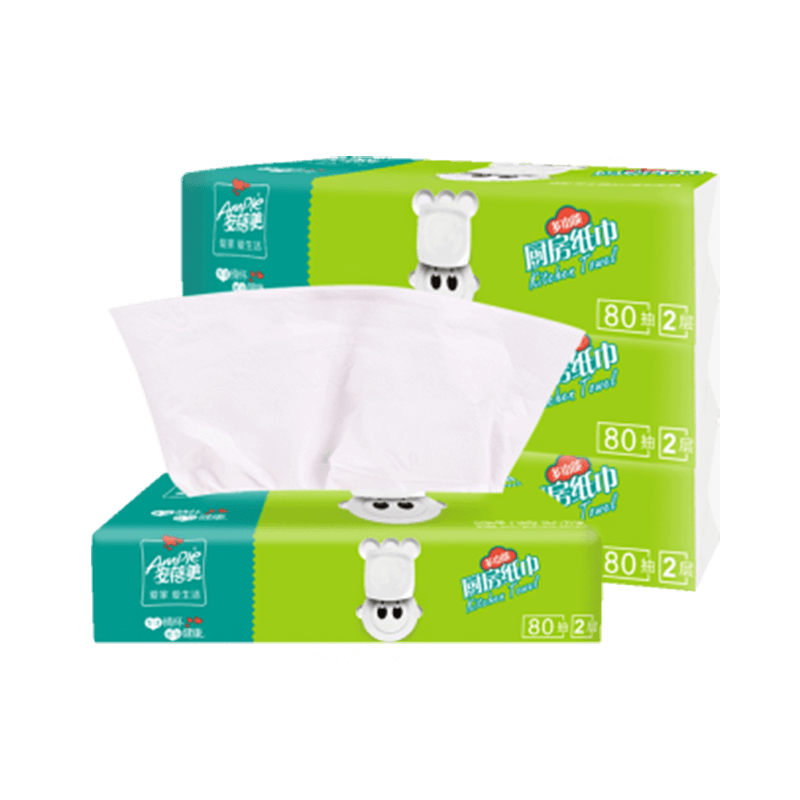Cost-Efficiency vs. Sustainability of Hand Paper Towels
Hand paper towels are a popular choice for hand-drying solutions due to their convenience and effectiveness. In today’s environmentally conscious world, businesses and households are increasingly weighing the pros and cons between cost-efficiency and sustainability when choosing hand paper towels. The challenge lies in finding the right balance between budget considerations and ecological responsibility.
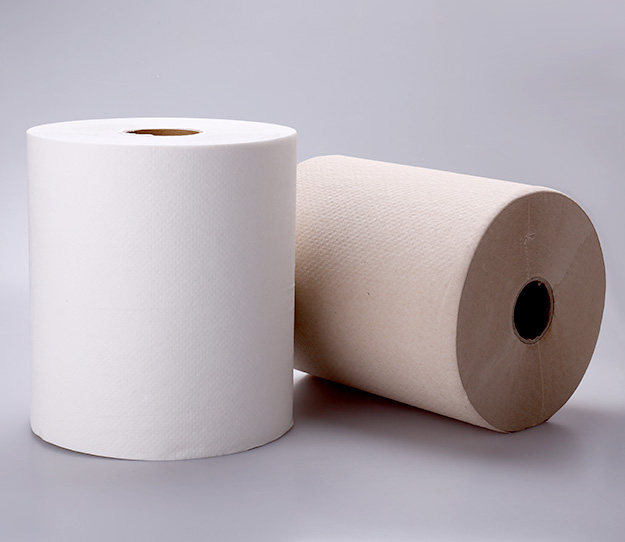
Understanding Cost-efficiency in Hand Paper Towels
Cost-efficiency does not mean cutting costs, it’s about maximizing value for the money that is spent. For hand-washing paper towels, a cheap item can be expensive due to its frequent consumption, frequent replenishing, and hefty waste disposal costs. In contrast, a more expensive towel that is more absorbent and uses fewer sheets per dry could reduce the cost over the course of time. This is why it is important to go beyond the price tag and think about the total consumption and efficiency.
Factors Affecting Cost-Efficiency
The cost-efficiency of hand towels is determined by a number of interconnected elements. Absorbency is a key factor. Towels which absorb moisture effectively decrease the amount required per use which reduces consumption and refill costs. Durability is also important as towels that break easily could result in frustration and use over. Dispensing systems also impact effectiveness. Dispensers that are controlled use prevent users from removing many sheets at once which directly affects consumption rates. Furthermore, the expense of handling, storage, and disposal should be taken into consideration when calculating the total cost of using a certain towel.
Balancing Quality and Budget
Finding the ideal balance between quality and price is essential to maximize cost-efficiency. While budget-friendly options might be suitable for less-frequent use High-traffic locations typically benefit from better-quality towels that perform well under the stress of heavy usage. Over time, higher-quality towels can help offset their cost of purchase by reducing the overall use and maintaining.
Long-Term Perspective on Savings
An immediate focus on the least expensive option may result in higher operating expenses in the long term. By keeping track of usage patterns, observing the amount of waste generated and investing in high-quality products, paired with efficient dispensers, businesses can find a sustainable balance between sanitation standards and cost management. This method ensures that hand-washing paper towels are used to serve their purpose efficiently without using up resources.
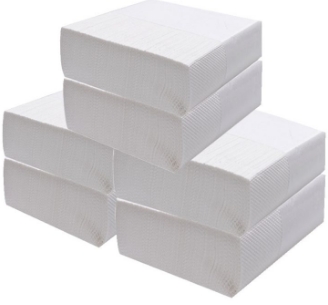
Sustainability Considerations of Hand Paper Towels
Assessing their sustainability involves looking at the origins of their raw materials, the environmental cost of manufacturing, and the impact of their disposal, alongside emerging strategies to reduce their footprint.
Raw Material Selection and Sourcing
The journey to sustainability of a hand paper towel starts at the origin of the fibers. Wood pulp that is virgin, creating a strong and soft towel, typically results in deforestation and loss of biodiversity. Additionally, towels made from recycled fibers that were used in the post-consumer process and agricultural waste or sustainable resources like bamboo could significantly decrease the carbon footprint. Purchasing sustainable materials that are certified helps ensure sustainable forestry practices as well as supports circular usage of material.
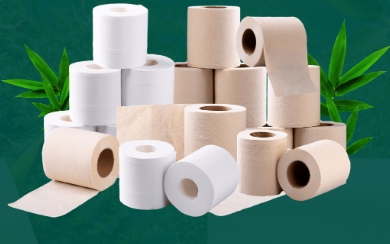
Manufacturing Impacts
Production of hand paper towels typically involves massive amounts of energy, water, and certain processes use bleaching chemicals that could cause harm to ecosystems. Sustainable manufacturing practices seek to solve these problems through the use of renewable energy, decreasing water consumption and reducing the use of chemical. Closed-loop systems for water and bleaching without chlorine are some examples of greener practices which reduce the environmental impact.

Disposal and Waste Management Challenges
After use, the majority of papers are contaminated, and can’t be reused by the standard recycling streams for paper. This can lead to the accumulation of landfill or incineration, both of which come with environmental disadvantages. The compostable towels made of plants or unbleached materials could be a better option for sustainability provided that the facility is connected to a composting facility that is suitable.
Role of Certifications in Sustainable Choices
Certifications like FSC (Forest Stewardship Council), Green Seal, and EcoLogo provide consumers with eco-friendly options for hand paper towels. They confirm that the product is in compliance with certain sustainability standards for production, sourcing, and environmental impact. They are useful tools for procurement teams that aim to limit environmental damage.

Challenges in Balancing Cost and Sustainability of Hand Paper Towels
| Challenge | Description | Impact on Decision-Making |
| Higher Upfront Cost of Sustainable Options | Eco-friendly towels usually are more expensive because of recycled or recycled materials. | Budget-conscious buyers may hesitate despite long-term benefits. |
| Performance Variability | Some eco-friendly towels could be less absorbent, soft or less durable than standard options. | This can lead to increased use and reduce the sustainability benefits. |
| Limited Availability and Supplier Choice | Certain products that are certified as eco-friendly or compostable aren’t widely available in all regions. | Procurement could be limited to high-cost suppliers. |
| Waste Management Infrastructure | Compostable towels require special facilities to dispose of them properly and may not have the proper facilities. | Sustainable alternatives may end in the garbage. |
| User Behavior and Overuse | Even with the most sustainable of products, overuse increases the cost and creates production of waste. | The balance between convenience and education is challenging. |
| Balancing Hygiene Standards | Towels should meet hygiene standards in order to meet sustainability goals. | Quality compromises can affect customer satisfaction and reputation of the facility. |
| Perception and Reality. Reality | Certain “green” marketing claims may exaggerate the environmental benefits. | It is essential to verify the authenticity of certificates and claims. |

Strategies and Solutions to Balance Cost-efficiency and Sustainability of Hand Paper Towels
To achieve the perfect balance of efficiency and sustainability for hand paper towels is a matter of using techniques and methods that work to improve performance, reduce costs, and minimize the environmental impact.
1. Selecting Sustainable and Cost-Effective Materials
The choice of material is an essential element of balancing the costs and sustainability. Although virgin pulp towels are typically less expensive however they also cause deforestation and leave an increased carbon footprint. However, recycled fiber towels and bamboo-based towels have the environment but come with the cost of acquiring them upfront. An effective solution is to pick high-end recycled towels that offer strong and absorbent qualities which means that less sheets are needed per dry, which reduces their cost of purchase.
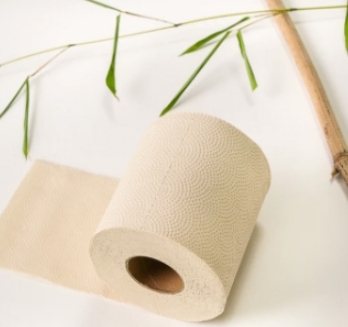
2. Adopting Controlled-Use Dispensing Systems
Dispensing technology can have a direct impact on the consumption rate. The open dispensers permit unrestricted access, which can lead to excessive use and waste. Controlled-use dispensers, on contrary restrict the number of sheets that can be dispensed at one time and reduce waste and the frequency of purchasing. This is especially efficient when combined with absorbent towels of high quality to ensure that each sheet has maximum value.
3. Encouraging Responsible Use
The way that users behave can have a significant impact on costs and the results of sustainability. A clear, well-lit signage system which encourages the use of less towels — such by reiterating to remind users that “one towels is enough”–can reduce waste. The training of cleaning staff to replenish dispensers in a timely manner and be aware of their consumption is a great way to enhance this process to make sustainable decisions more cost-effective.
4. Bulk Buying and Supplier Collaboration
Strategic purchase can make sustainable towels cheaper. The bulk purchase of paper towels can lower the cost per unit while establishing solid connections with suppliers could provide customized solutions, such as smaller packaging, more efficient sheets, or special discounts for products that are eco-certified. Working with reliable paper towel suppliers will also ensure the availability of environmentally friendly hand paper towels, and helps avoid expensive last-minute purchases.
Donsea Paper is a trusted supplier of high-quality hand paper towels, offering durable, absorbent, soft, strong, highly absorbent and eco-friendly products for both commercial and household use. Known for consistent quality and reliable delivery, Donsea Paper provides customized solutions that meet diverse customer needs, ensuring hygiene and convenience in every paper use setting.
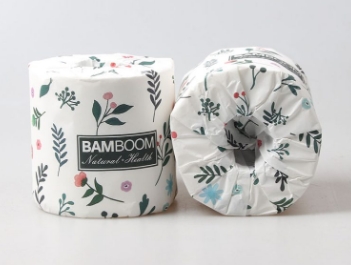
5. Integrating Waste Management and End-of-Life Solutions
Sustainability goes beyond the use of products to practices for disposal. Hand paper towels compostable are an ideal alternative if composting facilities in your area are readily available. If composting isn’t feasible companies can still reduce the impact of landfills by choosing products that are more absorbent and durability, thus reducing the volume of waste that is generated.
6. Tracking Usage and Adjusting Strategies Over Time
Monitoring the consumption patterns continuously allows you to identify ways to improve. Facilities can make use of this information to refine dispenser settings, alter quantities of orders, or try other types of towels. Continuously monitoring these metrics will ensure that sustainability and cost objectives are met and that strategies are adapted to the changing environment.

Final Thoughts
The argument between cost-efficiency and sustainability in hand paper towels isn’t about choosing one over the other and it’s about integrating both. By analyzing the whole lifecycle cost and the environmental impact, paper manufacturers can make informed choices that can balance budgets with ecological accountability. The most effective method often involves intelligent product selection, effective dispensing systems, as well as user education, which creates the balance of the cost-efficiency and the environment.

